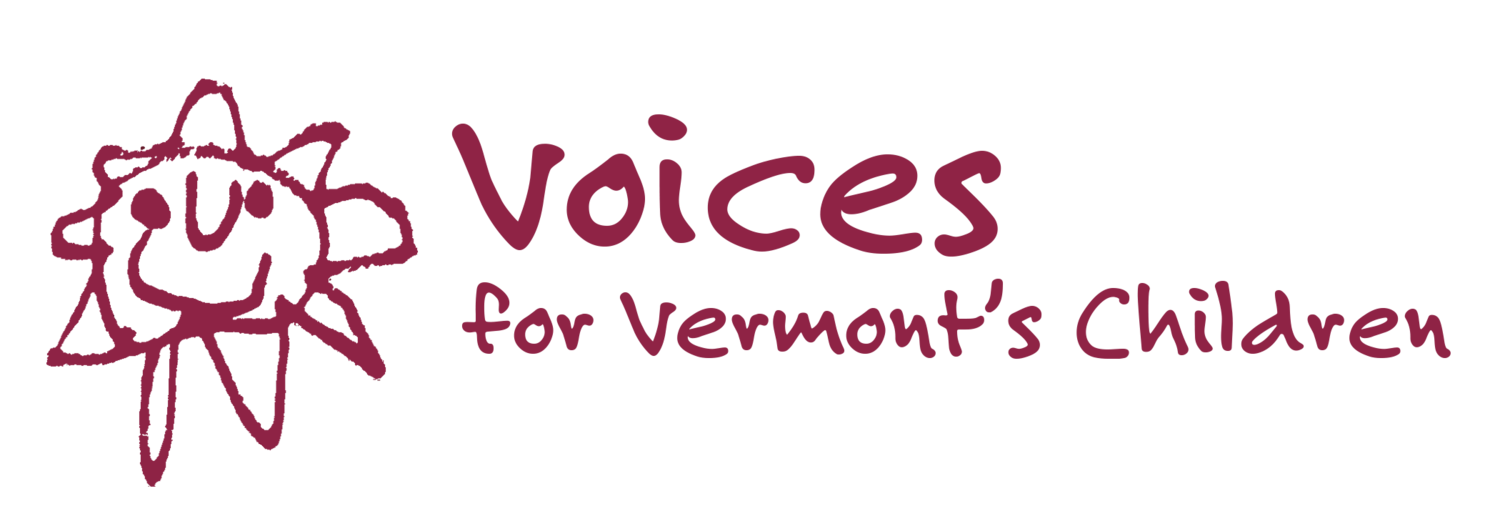Reimagining Public Education after COVID-19
By Carlen Finn
It took less than a week for the chancellor of the Vermont State Colleges to withdraw his proposal to shutter three state college campuses, but it was enough time for Governor Scott to weigh in on the VSC crisis and connect it to the challenges he’s identified as facing Vermont’s Prek-12 public education system. Not surprisingly, the governor’s focus was almost exclusively on cost and affordability for taxpayers and not on what our students, schools and communities need. What was surprising was his request that the legislature work with him “on a statewide plan to rethink, reform and strengthen our entire education system” cradle to career.
We applaud the governor’s willingness to work with the legislature to develop a plan, but we believe that any effort to “rethink, reform, and strengthen” our public education system requires the deep engagement of educators, families, and youth - everyone who has a stake in building a stronger and more equitable education system. In fact, the governor and legislature should take this opportunity to partner with our schools and communities to do more than simply reform and instead reimagine and transform so that we can truly, as the Governor stated, “emerge from this crisis on a path toward having one of the best education systems in the country.”
We call on the governor and the legislature to start on this path to transformation by taking the following steps to safeguard school finances and ensure our most vulnerable students and families get the resources and supports they need:
Step One: Protect Vermont’s public schools by making strategic use of federal Coronavirus Aid, Relief, and Economic Security Act funding.
In a few short weeks, in response to the COVID-19 crisis, our P-K to 12 education system pivoted from classroom to remote learning, repurposed their school feeding programs so that children and families have access to daily meals, reconsidered how to meet the educational needs of students with disabilities and English learners, and found new ways to address the health and safety needs of vulnerable children and families. And all of this has been done with the knowledge that it is still not enough--so many of our children and families lack basic economic protections, food security, safe shelter, access to health care and basic internet services. This crisis lays bare the economic, health and social disparities that plague our communities. It chips away at the argument that our public education system simply “costs” too much. We do not know what the full impact of school closures will be on our children and youth. We do know that our public school system will need time to recover to transform.
Step Two: Ensure that the Education Stabilization Funds of the CARES Act are directed to the most vulnerable students in every community and guarantee a participatory and transparent process for program planning.
Over $57 million in emergency relief funds are allocated to Vermont from the Education Stabilization Funds with almost $31 million designated for Vermont’s LEAs (supervisory unions/school districts). While flexibility is built in, we believe that before all else, the funds should be targeted to support programs, services, and resources that meet the needs of vulnerable students - students with disabilities, students from families with low incomes, students experiencing homelessness, students in foster care, immigrant and first-generation students and students of color. We know that the closing of schools has exacerbated already existing challenges and barriers to equitable access and participation for many of these students. The Education Stabilization Funds must be earmarked in such a way as to actively address these inequities.
According to analysis by the Center for Law and Education, Elementary and Secondary School Emergency Relief Fund (ESSER) funds should go to the State Education Agency, (Vermont’s Agency of Education) and from there at least 90% of the funds must be distributed to Vermont’s supervisory unions and school districts. The AOE and each supervisory union will be required to provide opportunities for public participation in “planning for and operation of each program.” The importance of this provision cannot be overstated. Parents, family members, students, advocates, health and human service organizations, educators and others can provide not only insights and experience, but done well, help keep the focus on equity so that our most vulnerable and marginalized students are prioritized and receive what they need to better weather the impacts of the COVID-19 pandemic.
In the midst of this crisis, we must come together as a state to get the future right. We may not yet know what a post-pandemic education system looks like, but we have all the tools we need to build it. Educators, families, youth and communities are ready and have the knowledge, skill, and desire to make transformative change happen. Legislators and policymakers have the opportunity to ensure that every policy and funding decision made leads us to a fair and just public education system where every child in Vermont can thrive.


